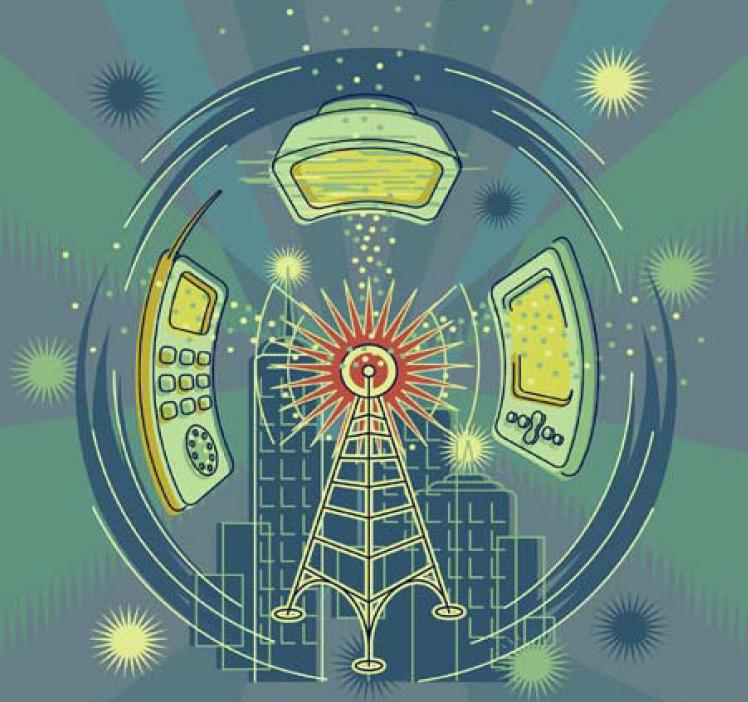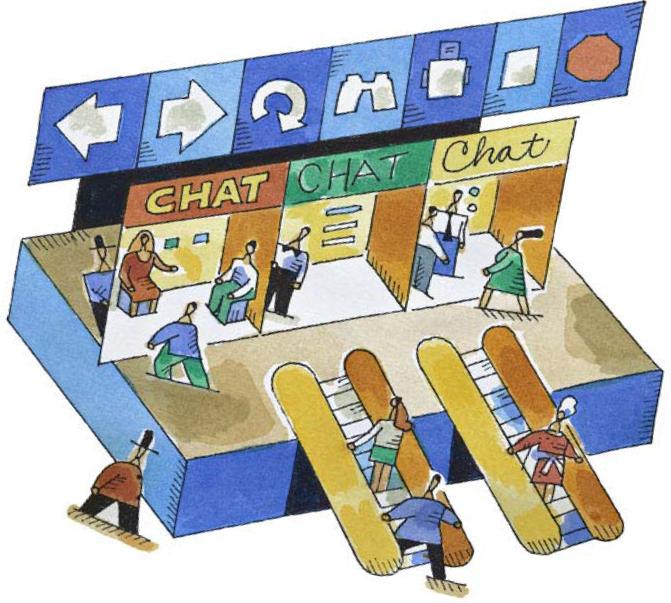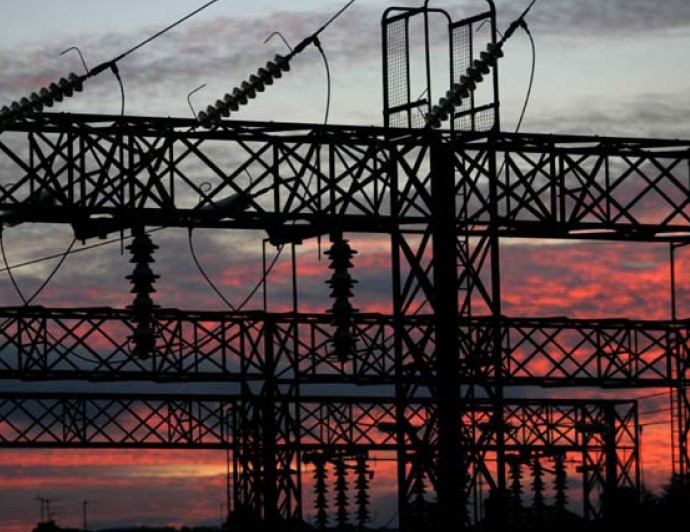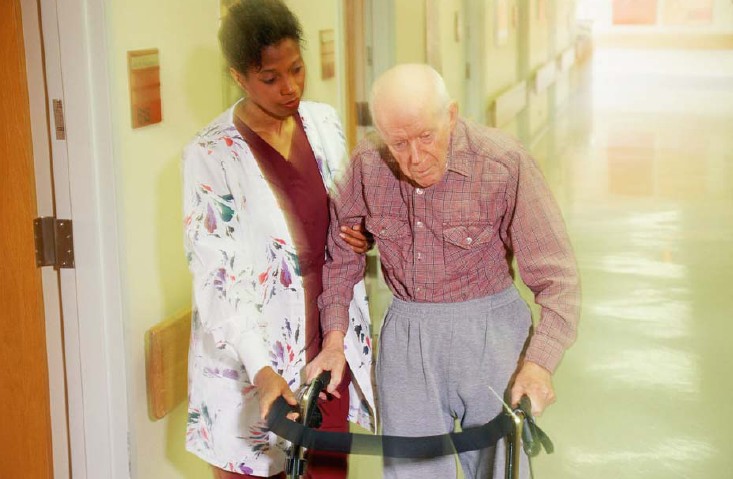|
 |
Businesses Get a "Se |
|
| Like animals, companies have always monitored changes in their environments. Historically, companies have moved slowly in response to changes. For example, if a retailerтs sales of red sweaters outpaced sales of green sweaters during the Christmas shopping season, the results would not be noticed until months later. By the time the retailer could react, the holiday season was over, and the insights might not be relevant to the following year. |
|
|
 |
Membership in Virtua |
|
| Enormous increases in processing power and bandwidth are blurring the lines between the real world and the virtual one. As work, education, government, and entertainment have moved on-line, the barriers of space and time that formerly marked different parts of peopleтs lives have disappeared. Virtual work teams, telecommuting, long-distance learning, and electronic shopping for many have resulted in an тanything, anywhere, anytimeт lifestyle, in which formerly distinct areas of peopleтs lives are now intertwined in cyberspace. Peopleтs lives and their relationships with others are increasingly taking place in this electronic reality. As a result, digital technology has transformed the personal and public lives of most Americans over the past 15 years. |
|
|
 |
|
|
| РњРк | |
| УтЦЧЛч | |
|
 |
The Truly Super Supe |
|
| Many watched helplessly this past summer as St. Louis suffered through a torturous blackout and dozens of Californians died during an unprecedented heat wave that sapped electrical power and immobilized the grid in places. |
|
|
 |
It"s Time to Re |
|
| For the past two decades, the editors of Trends have been explaining why the traditional concept of retirement is destined to vanish by the second decade of the 21st century. This is becoming increasingly evident. The Bureau of Labor Statistics foresees a shortfall of 10 million workers in the United States by 2010. Let"s look at how society and business will have to change for the coming new era. |
|
|




 [138]БЧ
[138]БЧ 


